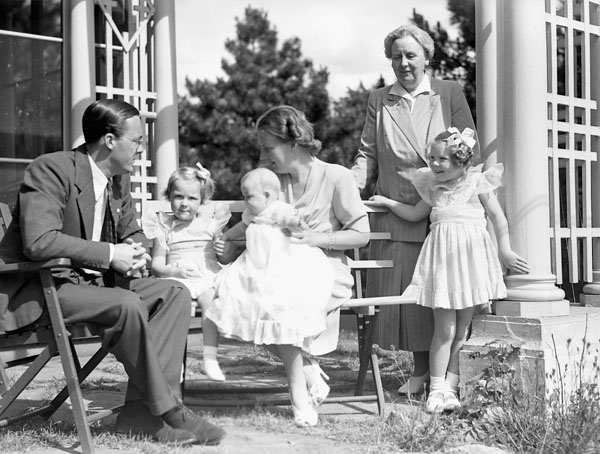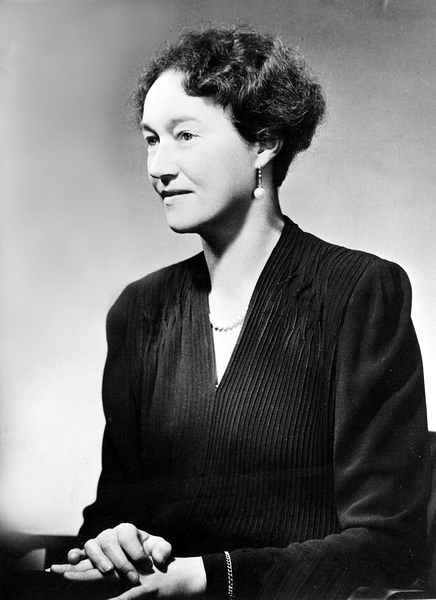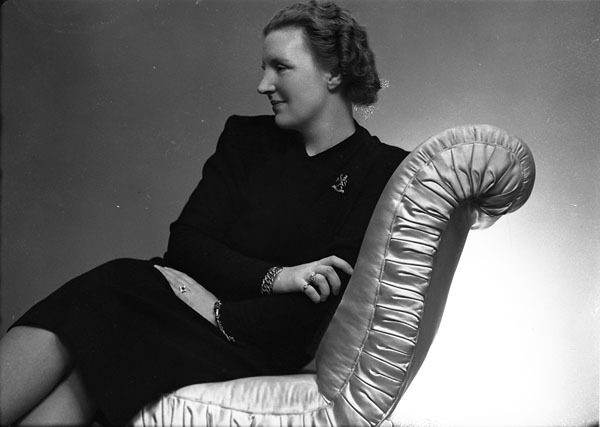Zita Maria delle Grazie Adelgonda Micaela Raffaela Gabriella Giuseppina Antonia Luisa Agnese, Princess of Bourbon-Parma (born 9 May 1892 in Viareggio, Italy; died 14 March 1989 in Zizers, Switzerland), empress of Austria and queen of Hungary from 1916 to 1918. The former empress lived in Quebec City from 1940 to 1950, and four of her children attended Université Laval during the Second World War.
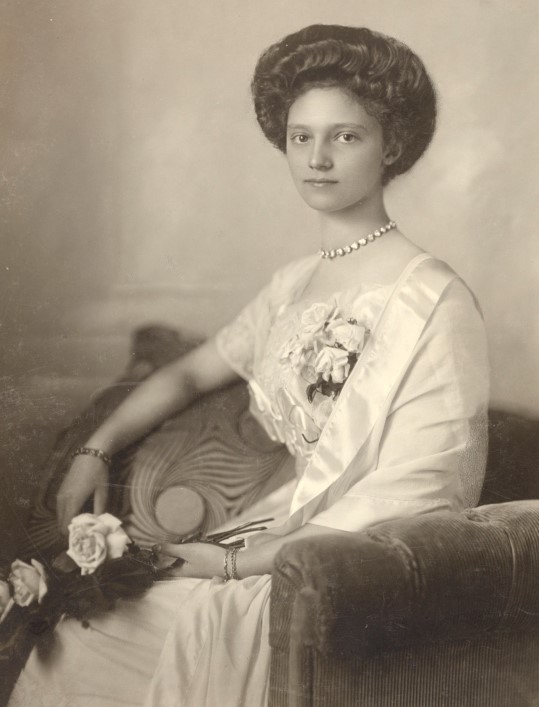
Early Life
Zita was the 17th of 24 children of Robert, duke of Parma (1848–1907), a descendant of King Louis XIV of France who reigned briefly in Parma and Piacenza from 1854 to the second War of Italian Independence in 1859. Zita’s mother was Duke Robert’s second wife, Princess Maria Antonia of Portugal (1862–1959). Zita was educated at a boarding school in Bavaria and a convent on the Isle of Wight. She spoke French as her first language, as well as Italian, German and English.
Marriage and Children
On 21 October 1911, Zita married Archduke Charles of Austria (1887–1922), a grandnephew of Franz Joseph, emperor of Austria and king of Hungary. Charles became heir to the Austro-Hungarian empire on 28 June 1914, when his uncle Archduke Franz Ferdinand was assassinated — an event that led to the outbreak of the First World War.
Zita and Charles had eight children: Crown Prince Otto (1912–2011), Archduchess Adelheid (1914–71), Archduke Robert (1915–96), Archduke Felix (1916–2011), Archduke Carl Ludwig (1918–2007), Archduke Rudolf (1919–2010), Archduchess Charlotte (1921–89) and Archduchess Elisabeth (1922–93).
Empress
On 21 November 1916, Archduke Charles became emperor of Austria and king of Hungary upon the death of his uncle Emperor Franz Joseph. As empress, Zita became involved in the Sixtus Affair, a failed attempt to negotiate Austria-Hungary’s withdrawal from the First World War. Zita invited one of her brothers, Prince Sixtus of Bourbon-Parma, an officer in the Belgian army, to visit Vienna as an intermediary in peace talks between Austria-Hungary and France. In April 1918, the Sixtus Affair was exposed, causing tensions between Austria and its German ally and damaging the reputation of the emperor and empress. The Sixtus Affair was one of the causes — along with military defeat and the collapse of the Austro-Hungarian empire — that led to the proclamation of the democratic republic of German-Austria on 12 November 1918.

Exile
Emperor Charles never formally abdicated his throne. He was supported by Zita, who declared, “A sovereign can never abdicate. He can be deposed... That is force. But abdicate – never, never, never! I would rather fall here at your side.” After the proclamation of the republic, Charles, Zita and their children lived at their hunting lodge at Eckartsau, near the Hungarian border, in the hope of retaining the Hungarian throne. They were evacuated by British army officers amidst rising political tensions in March 1919.
Charles, Zita and their children first fled to Switzerland, where the Bourbon-Parma family had a castle in Rorschach, and then to the island of Madeira, where Charles died of pneumonia in 1922, at the age of 34. Zita — who was expecting their eighth child — was at his bedside when he spoke his last words: “I love you so much.” She never remarried.
Widowhood
At the invitation of King Alfonso XIII, Zita and her children moved to Spain, where her youngest daughter, Elisabeth, was born in 1922. Zita and her children moved to Steenokkerzeel, Belgium, in 1929. During the Second World War, Belgium was occupied by Nazi forces, and Zita and her family fled to Quebec City — via France, Spain and Portugal — and the United States. Upon her arrival in North America, Zita issued a statement, declaring, “A Central European confederation of states, based on democratic principles, should be formed in the Danube area after the defeat of Nazism.”
Canada
Pierre-François Casgrain, secretary of state of Canada (and husband of feminist Thérèse Casgrain), arranged for Zita and her younger children to live in Quebec. Her older sons Otto and Felix spent the war in the United States, while Robert lived in London. Casgrain’s sister Marguerite arranged for Zita to live at the Villa Saint-Joseph in Sillery (a suburb of Quebec City), a house that belonged to the Sisters of Sainte-Jeanne-d’Arc religious order. Zita’s mother and youngest sister, Isabelle, joined her household in Quebec City. Zita’s sister-in-law Grand Duchess Charlotte of Luxembourg, brother Prince Felix of Bourbon-Parma and their children also resided in Quebec during the Second World War, as the Luxembourgish government in exile was based in Montreal.
Three of Zita’s children — Carl Ludwig, Rudolf and Charlotte — continued their post-secondary education at Université Laval in Quebec City. Her youngest daughter, Elisabeth, completed her secondary education at the Collège Jésus-Marie de Sillery before joining her siblings at Université Laval. Charlotte earned a degree in economics from Université Laval in 1942 before moving to New York City, where she became a social worker in Harlem. Zita’s sons travelled in Canada and the United States, advocating for resistance to the Nazi occupation of Austria. Felix and Carl Ludwig joined the U.S. army.
Zita experienced financial hardship during her time in Canada, as her European funds were inaccessible for much of the war. She resorted to gathering dandelion leaves to make soups and salads to augment her household’s meals. When the viceregal consort, the Countess of Athlone, was invited to tea at Zita’s home in Quebec City, she observed that Zita and her family only drank water.
“I like Canada,” Zita told Toronto Daily Star journalist Ross Harkness in December 1945. “I like Quebec. I am very fond of French Canadians. They have been kind and considerate of us and, cold as Quebec winters are, they remind me of the winters in Austria. I am making no plans to leave.” Her closest friends in Quebec were Sir Eugène Fiset and Lady Fiset (née Zoé-Mary Stella Taschereau), the lieutenant-governor and viceregal consort of Quebec from 1939 to 1950. (See also Lieutenant-Governors of Quebec.)
After the war, Zita founded an Austrian relief charity in Quebec that worked with other humanitarian organizations in North America. According to her biographer, Gordon Brook-Shepherd, “For three years, she criss-crossed Canada and the United States, collecting chests of food, clothing and medicines to be shipped across the Atlantic and lecturing in the cause of European unity.” By the end of 1948, Austria was receiving aid from the Marshall Plan.
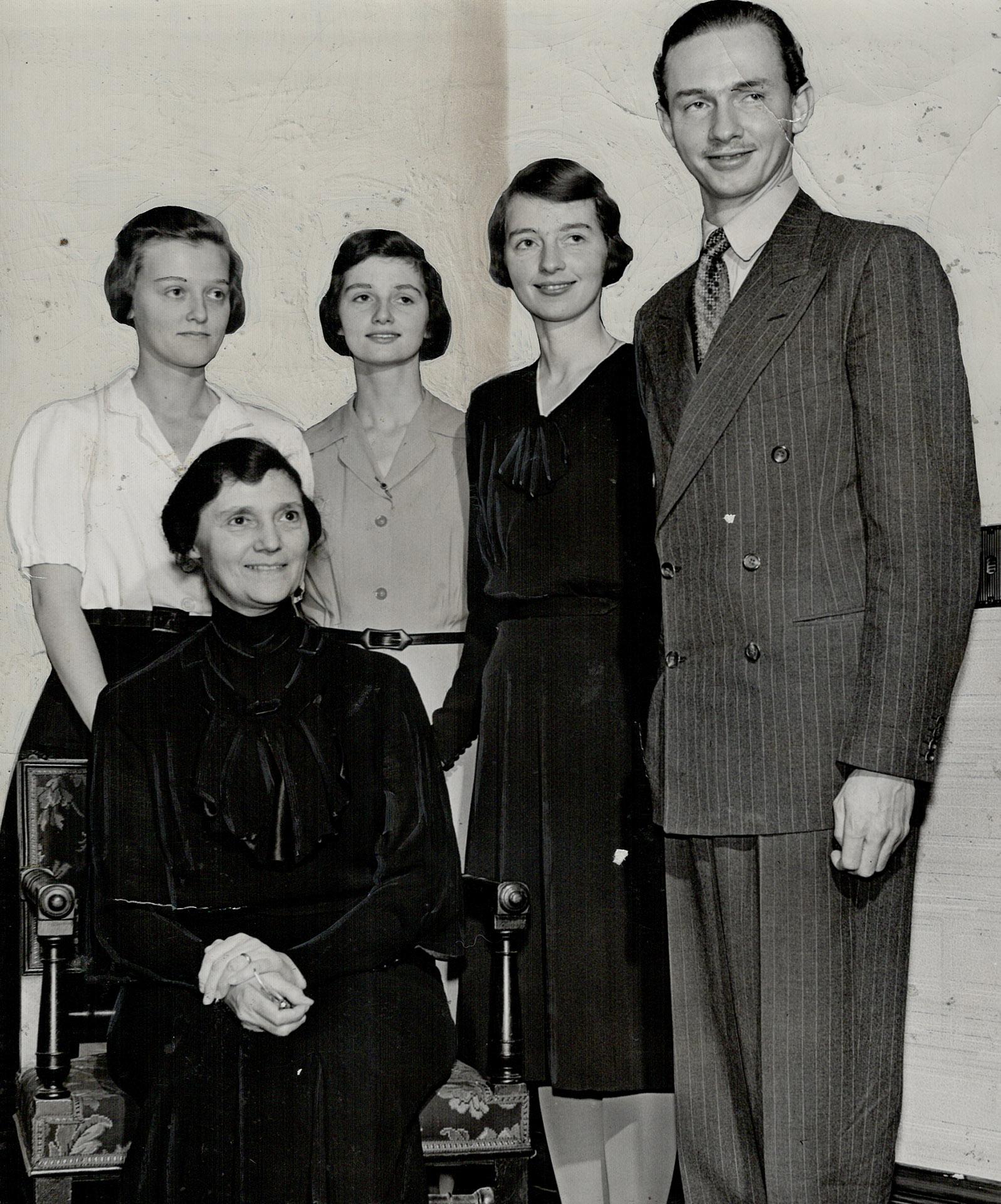
Later Life
Zita returned to Europe permanently in 1950 to be closer to her children and grandchildren. She died of pneumonia at the age of 96 at the Johannes Foundation Home for the Elderly, a former Franciscan convent hospital in Zizers. She is buried in the Imperial Crypt in Vienna.

 Share on Facebook
Share on Facebook Share on X
Share on X Share by Email
Share by Email Share on Google Classroom
Share on Google Classroom


